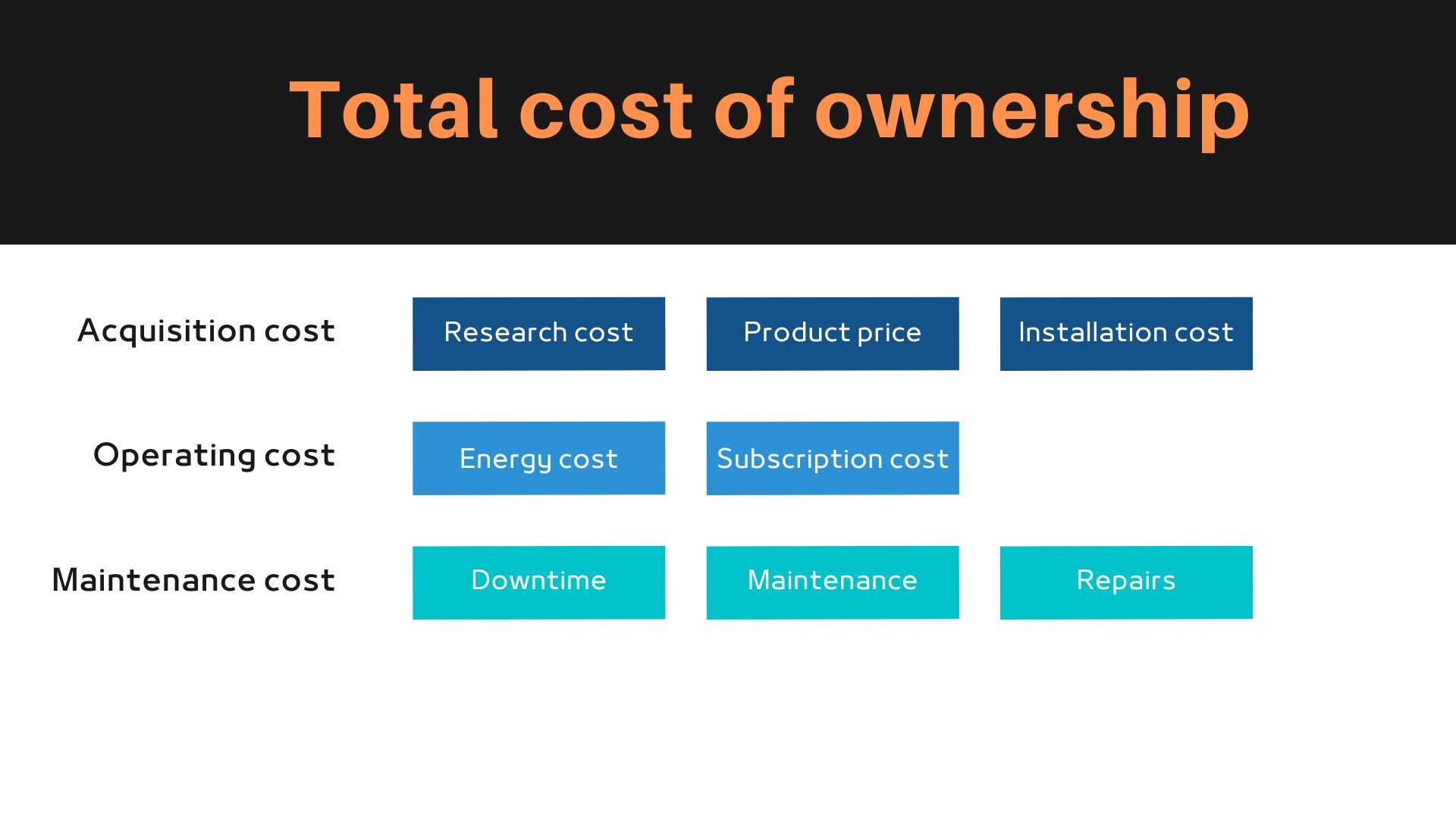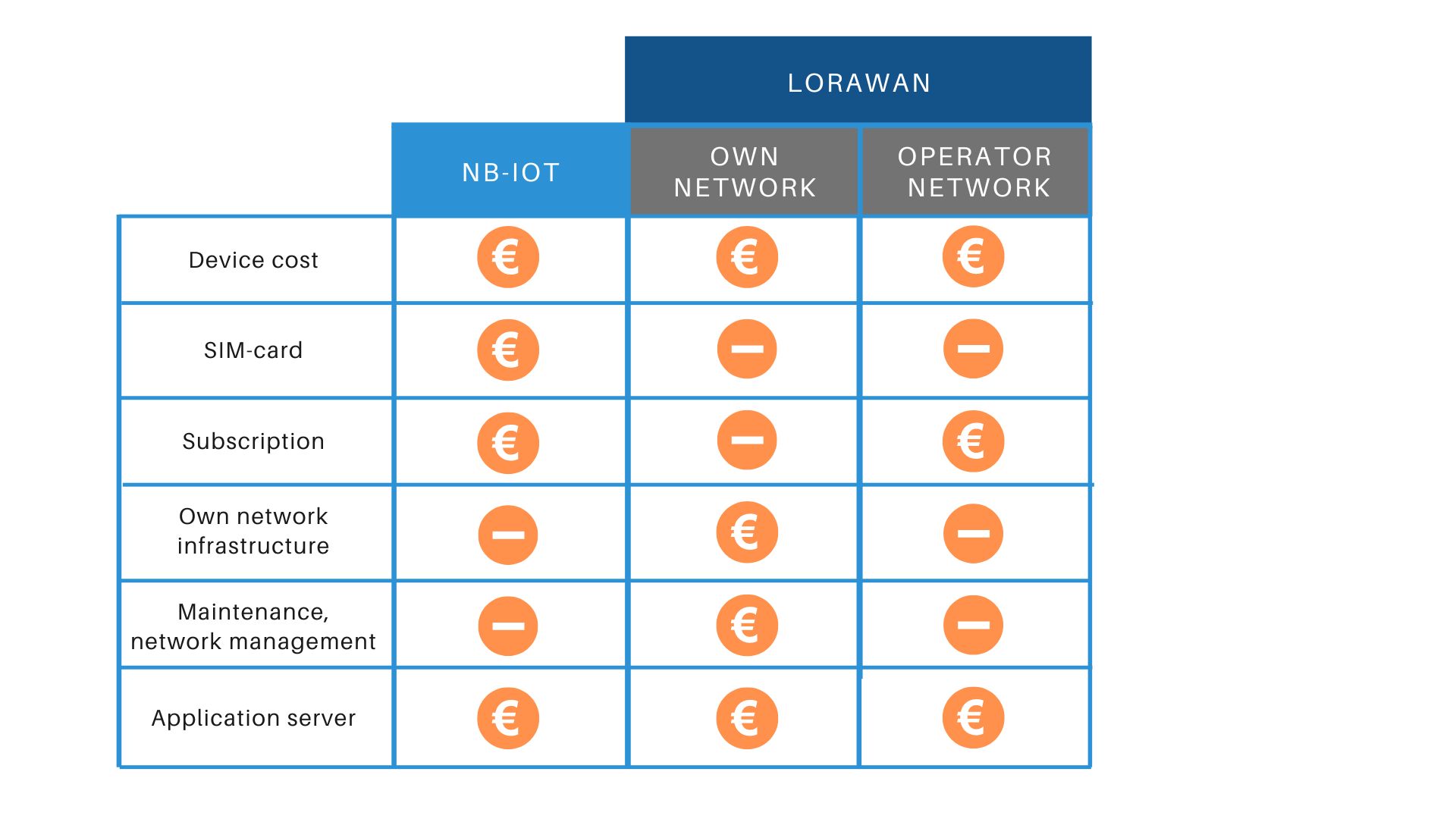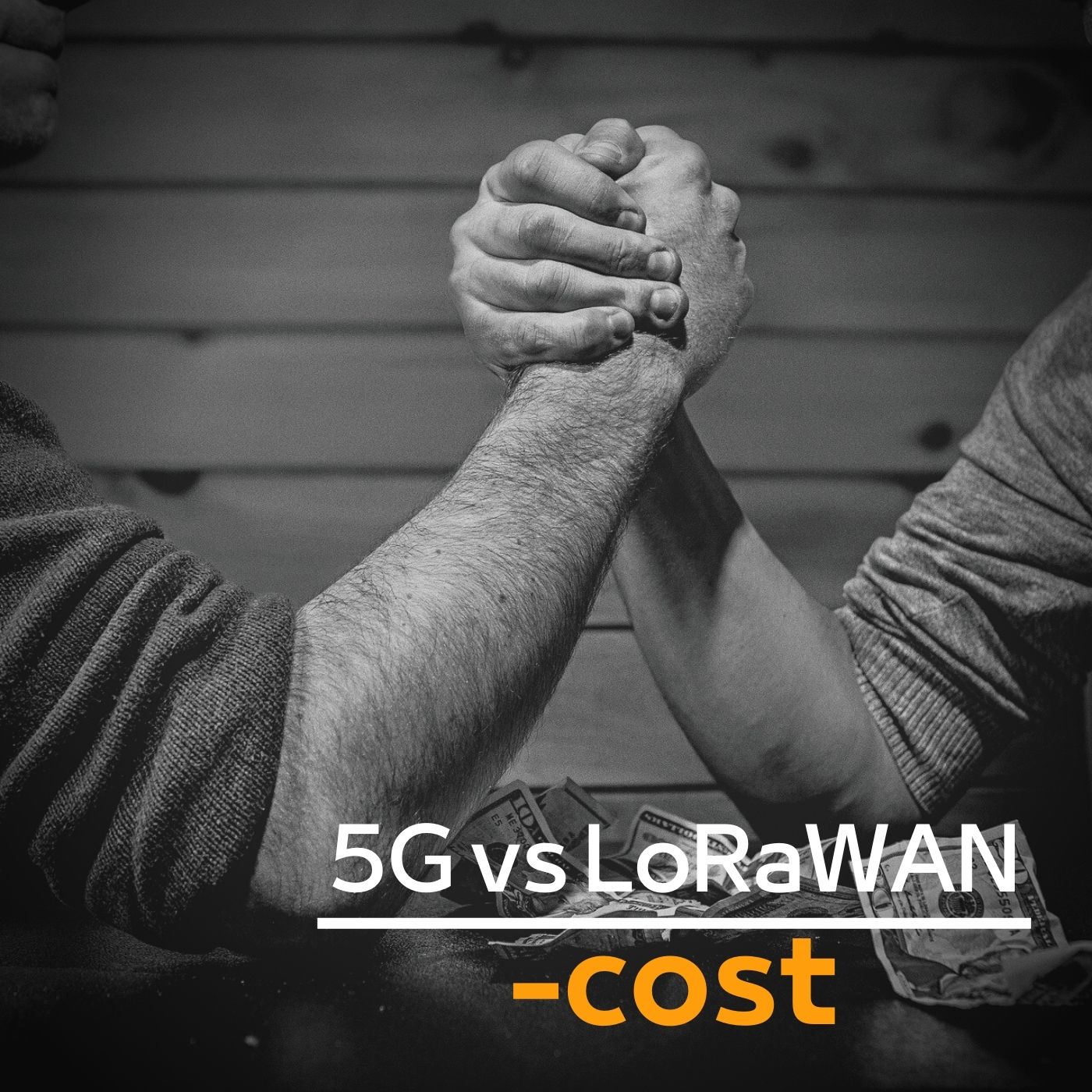I am continuing with the seventh post in my series LoRaWAN vs 5G. As I was invited to speak about 5G at a LoRaWAN event (ThingsConference 22nd of September 2022), I found it appropriate to dig into the aspects of LoRaWAN vs the current 5G standards for LPWAN. In the last post, we compared security and touched base on the frequency. This post will focus on roaming. I have mentioned a comparison from LoRa Alliancein my earlier posts, this topic is also in the comparison by LoRa Alliance:
LoRaWAN: Flexible deployment models – Capex and Opex
LTE: Only Opex
As this blog is not that much into financial models, let us just put it this way, LoRa Alliance most likely means that you can build LoRaWAN networks that equal CAPEX or use a public network, OPEX. But 5G offers both as well. So as I have concluded that these are using similar cost models, let us look at the cost of ownership of the respective model.
The cost of the modules
In general, IoT devices are classified as low-cost contraptions. The aim is a cost of less than 10 euros per module, although the component shortage and current situation in the world will affect this level. Module cost in LoRaWAN is lower than 5G as higher complexity requires more expense. The prices of modules will most likely converge. The long-term scope for the cellular 5G standards is to compete with LoRaWAN module cost.
In comparison, the module is more complex in CAT-M1 due to the technical features like mobility/roaming, larger bandwidth, support for higher data rates, and voice traffic. That increases module complexity and costs; therefore, NB-IoT has an advantage over CAT-M1 from the cost perspective. Compared to LoRaWAN, the module complexity is even less in LoRaWAN because of precisely the same things. They have a lower bandwidth, slower modulation technique, less complex coding, low downlink transmission rate and low-security requirements.
In IoT use cases, there will be a split between the cellular technologies and the unlicensed LoRaWAN. In 2022 Beecham Research wrote, “NB-IoT and LTE-M have huge potential; more devices can last up to ten years in the field without a battery change. Coverage can be more than 10-25 miles and cost less than 10 Dollars each. Low-cost data collection. The more the ecosystem matures, the more the price will go down for LTE-M/CAT-M1.”
However, a device is a contraption with more things than a module. So there are, of course, other costs to be considered. I see a correlation between price vs edge intelligence; I know there is a price vs security correlation. So the safer or, the more intelligent your device is, the more expensive components are added, and the higher the price will be.
“The most critical weakness of LoRaWAN is the end devices: for cost reasons, they usually have no secure element, a chip that stores cryptographic information such as secret keys in a secure way. Thus, an attacker could succeed in extracting secret keys or in flashing the device with compromised firmware.” Comparison and Analysis of Security Aspects of LoRaWAN and NB-IoT by Deutsche Telekom. In such an event, restoring your network to a secure state may be very costly, as LoRaWAN usually comes with no over-the-air update feature; it may mean travelling to the location for replacement. This may be the case with a poorly built 5G device, but as the costs increase, these things are usually already in place.
You get what you pay for; if you need higher security, you will have to pay a premium.
The network
There are two categories of IoT networks, the ones with an operator and the ones with a vendor. Nowadays, 5G and LoRaWAN can belong to either of the network types.
The vendor 5G networks or the private networks usually are not open to other users, but users on that network can also roam the public networks. For LoRaWAN, there are “private networks” or public networks. I put “private” there because, after all, the frequency used is not private. Some cities or communities offer public LoRaWAN networks for free, but a private network should be used for better integrity in more demanding applications.
After all, some networks are free for LoRaWAN, and some come with a subscription. Let us then move to the next section, TCO, the total cost of ownership.
The total cost of ownership
We can look at the total cost of ownership from two perspectives. One is just using an existing network; the other one is to build your network all by yourself. An IoT network’s cost structure depends on whether you subscribe to a network operator or deploy and operate your network infrastructure.
Building your own network
Ok, so let us assume you want to build your nationwide network. Then you will face a very demanding task. A typical network lifecycle consists of planning, rollout, operation and maintenance phases. Setting up your own LoRaWAN network may eliminate user fees. But it is not free per se. It will require investment in planning, infrastructure, and purchasing and installing local gateways and network servers. After that, you will have the cost of maintenance and operation, possible site rentals and electricity. Alternatively, all of these costs and aspects are included in the usage fees, i.e. the charged by a network run by an operator. It is an enormous scope to build a network; I will not even try to describe all aspects of building your own network in this post.
So looking at other sources, one of the best comparisons between the different networks from a cost perspective was put together by Mohammad Istiak Hossain and Jan I. Markendahl of the KTH Royal Institute of Technology, School of Electrical Engineering and Computer Science. Just check this Comparison of LPWAN Technologies: Cost Structure and Scalability.
In their report, they compare all aspects of building a network based on LoRaWAN or based on the 5G technologies. Four cost drivers of LPWAN deployments are costs for the site, cost of electricity, management of the network, and installation cost.
To summarise the results, LoRaWAN is the most cost-effective for low-density scenarios. This is natural. The required number of gateways to meet the service level required is low. But NB-IoT is just a few per cent more expensive. In the high device density urban areas, 5G is more cost-efficient. And from another perspective, 5G, at least with CAT-M1, can support voice so that the operators can have voice services on the same base station, making the standard a good fit. In the report, the author also points out, “LoRaWAN cannot provide a service guarantee, limiting the CSP’s service provisioning rage in IoT service offerings”.
If this is the thing for you, you must also understand that you need enough resources to invest in continuous enhancements and updates for the coming years, ten years at least. It would be best if you also had a strategy for regular updates, a plan for improving quality and performance, and dealing with security matters.
Using an operator
If you are not really into planning, rollout, operation and maintenance, and you need to run your network, there is an option for you. Using a network run by an operator, all these costs are included in the usage fees charged. The thing here is that calculating your cost here is much easier to plan per device and the total cost of ownership.
So what is the total cost of ownership then? I think the best calculation would be
Total Cost of Ownership = Acquisition cost + Operating cost + Maintenance cost – Salvage value
And what is better than a diagram to show some examples of the various costs?

Let us do an estimation
Using LoRaWAN, you have a more negligible acquisition cost than the current 5G devices.

But let us do a small calculation. I looked at an outdoor temperature sensor; I could find LoRaWAN sensors for €100 and NB-IoT sensors for €140 when I did a quick googling. So the difference is €40 in favour of LoRaWAN. Looking at the energy cost, well, they are pretty similar. So it all boils down to the subscription. I have no clue what a LoRaWAN device costs per month, but I know that NB-IoT devices are in the ballpark of a Euro and up. But let us, for a moment, play with the 80-cent price for LoRaWAN. Then the saving is €2.4 per year. So the overall cost saving for a LoRaWAN device for ten years could be €64 in this example. Of course, with many devices deployed, it is a difference. In Sweden, we have high labour costs, so here €64 equals the price of 30 minutes for an engineer. If you favour licensed spectrum, if you think 5G provides better security mechanisms and that €64 is not that much of a premium, then go for 5G.
When choosing an operator, it is clear that you must select an operator that operates the network and be in business for the entire lifespan of the product. Will the prices for the subscriptions decline, or will they grow? Usually, with large operators, they decline over time.
Aligning our statements
Let us look at the LoRa Alliance statement again.
LoRaWAN: Flexible deployment models – Capex and Opex
LTE: Only Opex
The LoRaWAN has a smaller premium for the hardware of a private network and has a more developed roaming ecosystem with private networks, so I would say that the statement would look something like this:
LoRaWAN: Flexible deployment models – Capex and Opex
5G: Several deployment models – Capex and Opex
In my next post, the last in this series we will look at if the IoT market can be divided into different use-cases that fit one technology over the other.

